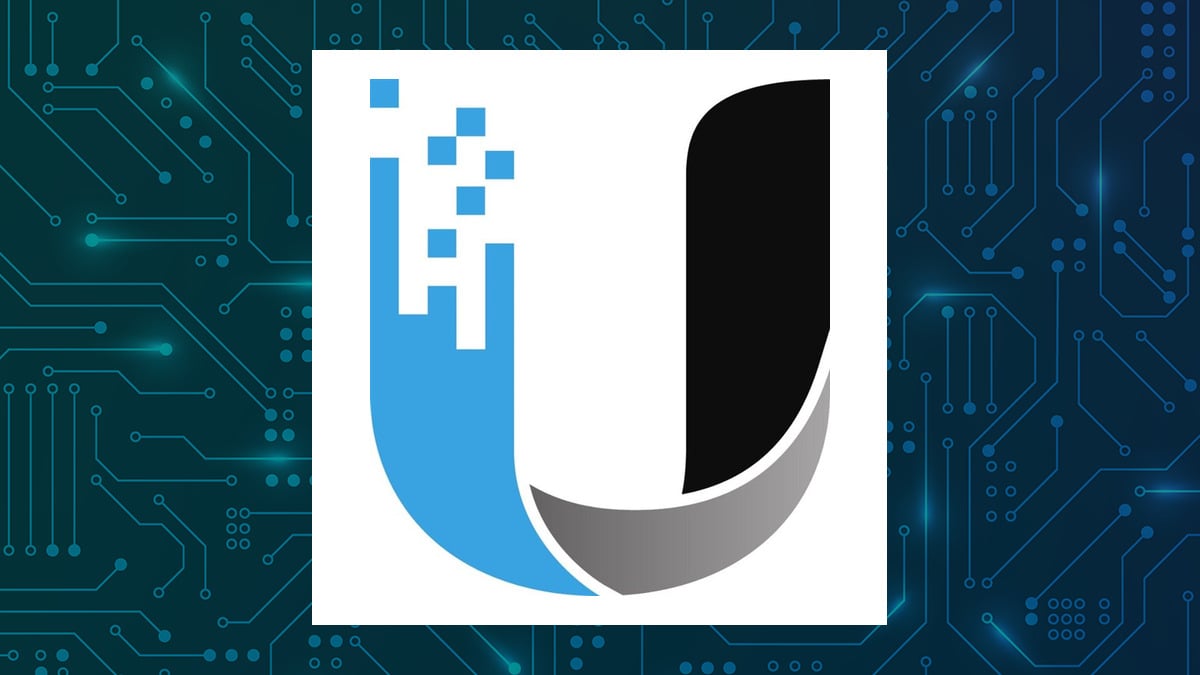HDB Financial Services IPO Market Debut

HDB Financial Services, a prominent non-banking financial company (NBFC) backed by HDFC Bank, made a notable debut on the Indian stock exchanges, listing at ₹835 on the National Stock Exchange (NSE) on July 2, 2025, marking a 13% premium over its initial public offering (IPO) price of ₹740. The stock initially closed at ₹840.25 on its listing day, subsequently surging over 4% to reach ₹874.90 the following day, demonstrating strong investor confidence immediately post-listing.
The highly anticipated IPO, valued at ₹12,500 crore, comprised a fresh issue of ₹2,500 crore and a significant offer-for-sale (OFS) of ₹10,000 crore by HDFC Bank. This IPO stands out as the most subscribed billion-dollar IPO since the Zomato issue four years prior and is recognized as the largest NBFC IPO to date. The offering closed on June 27, attracting overwhelming demand with an overall subscription rate of 17.65 times. Qualified Institutional Buyers (QIBs) led the charge, subscribing to their portion 31.73 times, while non-institutional investors (NIIs) subscribed 9.99 times and retail investors 1.41 times. The IPO garnered bids totaling over ₹1.61 lakh crore, positioning it as the second-most subscribed large IPO (for issues over ₹10,000 crore) in recent times, after Tata Technologies, and significantly outperforming other recent NBFC listings in terms of demand.
Despite the strong debut, analysts have offered mixed but generally cautious long-term views. Manish Chowdhury, head of research at StoxBox, noted that the better-than-expected listing was primarily due to strong market sentiment and investor reliance on HDFC Bank's parentage. However, listing gains were somewhat capped by concerns over the company's sluggish FY25 performance, particularly regarding margins and asset quality. At its debut, HDB Financial's market capitalization stood at ₹69,704.3 crore, later increasing to ₹72,520.72 crore. This valuation, however, pales in comparison to its largest peer, Bajaj Finance, which commanded a market value of ₹5.73 lakh crore and has historically demonstrated superior growth and asset quality that HDB has yet to match.
Regarding investment strategy, many analysts, including Chowdhury, Prashanth Tapse of Mehta Equities, and Shweta Daptardar of Elara Securities, advise existing shareholders to hold the stock for a medium to long-term horizon, typically 1 to 3 years. They suggest that fresh investors consider accumulating shares on dips, particularly after the release of quarterly results and management commentary, as immediate significant returns may not be realized. Dharmesh Kant, head of research at Cholamandalam Securities, presented a more conservative view, recommending investors exit after listing gains due to HDB's financials not being as robust compared to its peers, and suggesting other NBFCs might offer better growth trajectories despite higher valuations. Kant also highlighted that consumer finance, which constitutes almost 24% of HDB’s loan book, remains a 'grey area' where the company needs to demonstrate strong growth.
Nevertheless, a prevailing sentiment among some experts is that HDB Financial Services represents a 'structurally constructive bet' for the long term. Emkay Global, for instance, initiated coverage with a 'Buy' rating and a target price of ₹900, implying a 7.11% upside. Analysts like Daptardar emphasize that despite trading at a discount to peers like Bajaj Finance and Cholamandalam Finance, HDB Financial Services, as an upper layer NBFC, offers a well-diversified portfolio and a granular loan book, making it an attractive long-term acquisition, especially for new investors. The current landscape of higher liquidity and low-interest rate scenarios is also seen as a favorable environment for NBFCs like HDB Financial Services, suggesting that while immediate sizable corrections are unlikely, accumulation on dips remains a prudent strategy.









